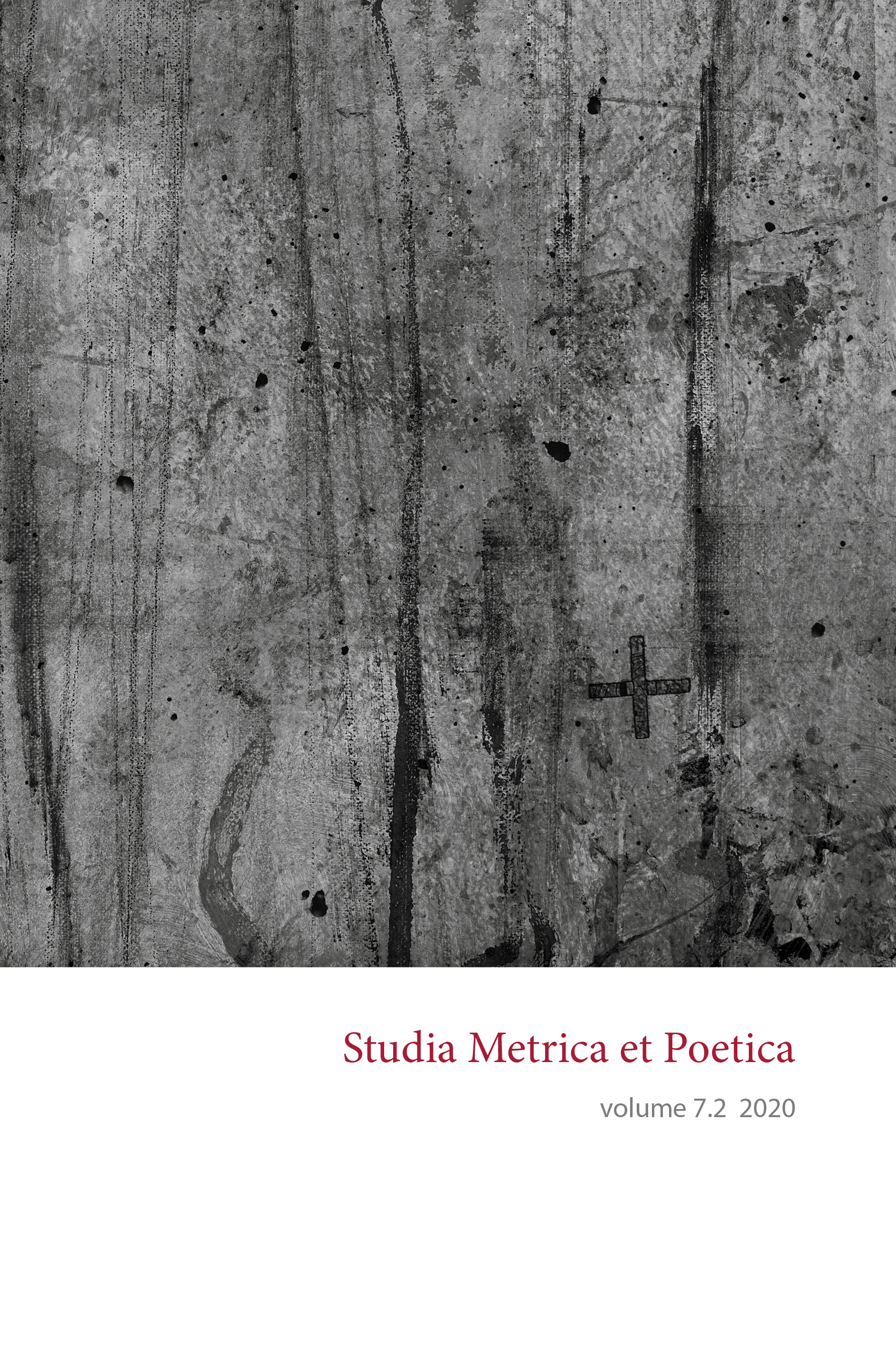Russian Iambic Tetrameter: The Evolution of Its Rhythmic Structure
DOI:
https://doi.org/10.12697/smp.2020.7.2.01Keywords:
Russian iambic tetrameter, meter, rhythm, evolution, speech structure, speech-based model of verse, enjambmentAbstract
To characterize the rhythm of stresses in a line of Russian iambic tetrameter, a frequency profile is often used, i. e., a diagram of the occurrence of real stresses on all feet (ictuses) of the verse line. This article discusses in detail one of the mechanisms that enables the speech factor to influence the formation of the stress profile. It is shown that in Russian iambic tetrameter of the nineteenth and twentieth centuries, the high frequency of stresses of the second ictus is explained by the fact that the beginning of the line more often than not coincides with the beginning of a sentence or clause, and the Russian syntagma is more frequently stressed in the middle. And vice versa, wherever the frequency of enjambments increases, the second ictus is less frequently stressed, because the beginning of the syntagma moves to the middle of the line. Considering the above, the author attempts to characterize the peculiarity of the rhythmic structure of Russian iambic tetrameter in synchronic and diachronic aspects and reveal some major large-scale trends such as the growth of the rhythmic diversity of poetic texts.


